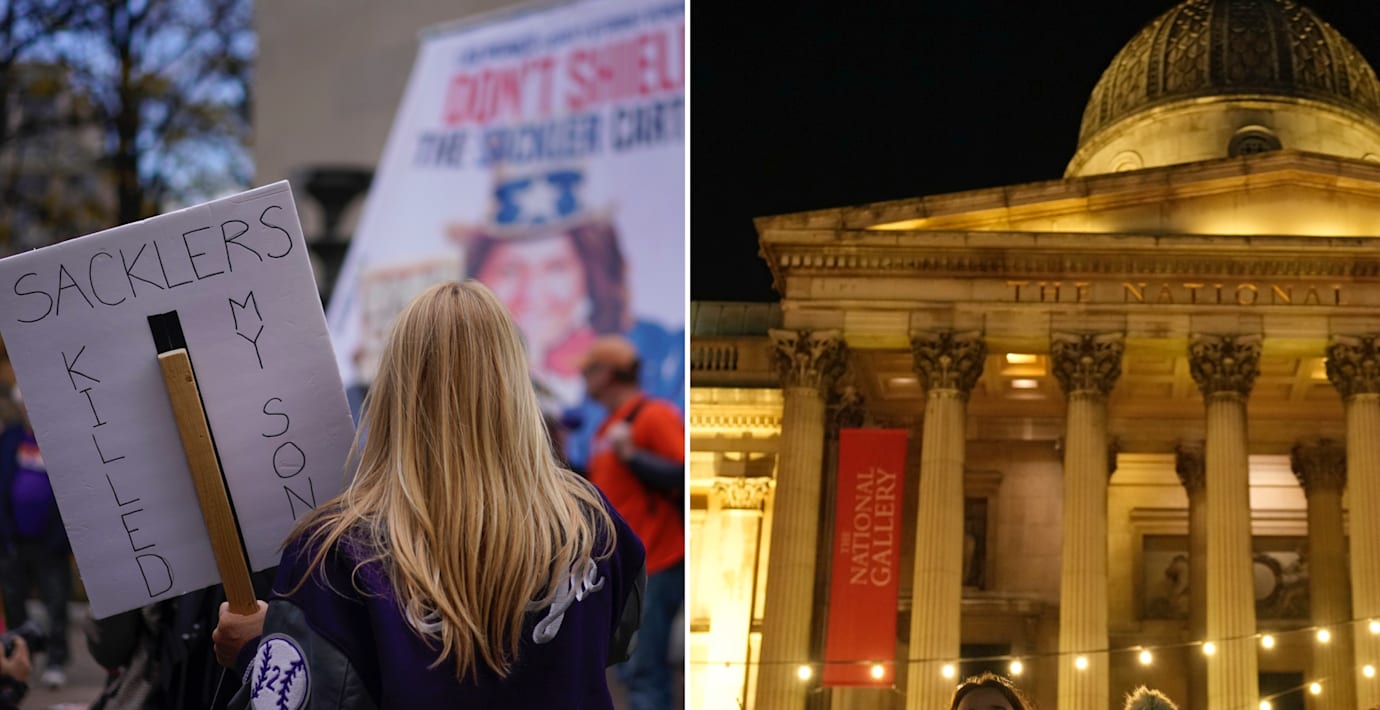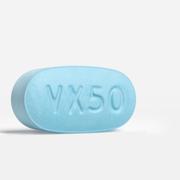
Ännu ett prestigemuseum bryter med skandalfamiljen
Londonmuseet National Gallery bryter helt med den amerikanska donatorsfamiljen Sackler. Det rapporterar flera medier.
Familjen har fram till nu givit namn åt museets utställningsrum nummer 34, känt som ”Sacklergalleriet”.
Sacklerfamiljen äger läkemedelsföretaget Purdue Pharma som tillverkar det smärtstillande och beroendeframkallande medlet Oxycontin. Preparatet anses spela stor roll för den så kallade opioidkrisen i USA.
I ett uttalande säger museet att beslutet har fattast i samförstånd med representanter från familjen.
Sedan tidigare har en lång rad prestigefulla brittiska museer brutit med den skandaldrabbade läkemedelsdynastin, National Portrait Gallery, British Museum, Kew Gardens, Shakespeare’s Globe theatre och Serpentine Gallery.
bakgrund
Familjen Sackler
Wikipedia (en)
The Sackler family is an American family who founded and own the pharmaceutical companies Purdue Pharma and Mundipharma. Purdue Pharma, and some members of the family, have faced lawsuits regarding overprescription of addictive pharmaceutical drugs, including OxyContin. Purdue Pharma has been criticized for its role in the opioid epidemic in the United States. They have been described as the "most evil family in America", "drug dealers" and "the worst drug dealers in history".The Sackler family has been profiled in various media, including the documentary Crime of the Century on HBO, the book Empire of Pain by Patrick Radden Keefe, and the 2021 Hulu mini-series Dopesick.
bakgrund
National Gallery
Wikipedia (en)
The National Gallery is an art museum in Trafalgar Square in the City of Westminster, in Central London, England. Founded in 1824, it houses a collection of over 2,300 paintings dating from the mid-13th century to 1900.The Gallery is an exempt charity, and a non-departmental public body of the Department for Digital, Culture, Media and Sport. Its collection belongs to the government on behalf of the British public, and entry to the main collection is free of charge. In 2020, due to the COVID-19 pandemic it attracted only 1,197,143 visitors, a drop of 50 per cent from 2019, but it still ranked eighth on the list of most-visited art museums in the world.Unlike comparable museums in continental Europe, the National Gallery was not formed by nationalising an existing royal or princely art collection. It came into being when the British government bought 38 paintings from the heirs of John Julius Angerstein in 1824. After that initial purchase, the Gallery was shaped mainly by its early directors, especially Charles Lock Eastlake, and by private donations, which now account for two-thirds of the collection. The collection is smaller than many European national galleries, but encyclopaedic in scope; most major developments in Western painting "from Giotto to Cézanne" are represented with important works. It used to be claimed that this was one of the few national galleries that had all its works on permanent exhibition, but this is no longer the case.
The present building, the third to house the National Gallery, was designed by William Wilkins from 1832 to 1838. Only the facade onto Trafalgar Square remains essentially unchanged from this time, as the building has been expanded piecemeal throughout its history. Wilkins's building was often criticised for the perceived weaknesses of its design and for its lack of space; the latter problem led to the establishment of the Tate Gallery for British art in 1897.
The Sainsbury Wing, a 1991 extension to the west by Robert Venturi and Denise Scott Brown, is a significant example of Postmodernist architecture in Britain. The current Director of the National Gallery is Gabriele Finaldi.
Omni är politiskt obundna och oberoende. Vi strävar efter att ge fler perspektiv på nyheterna. Har du frågor eller synpunkter kring vår rapportering? Kontakta redaktionen



